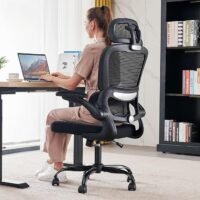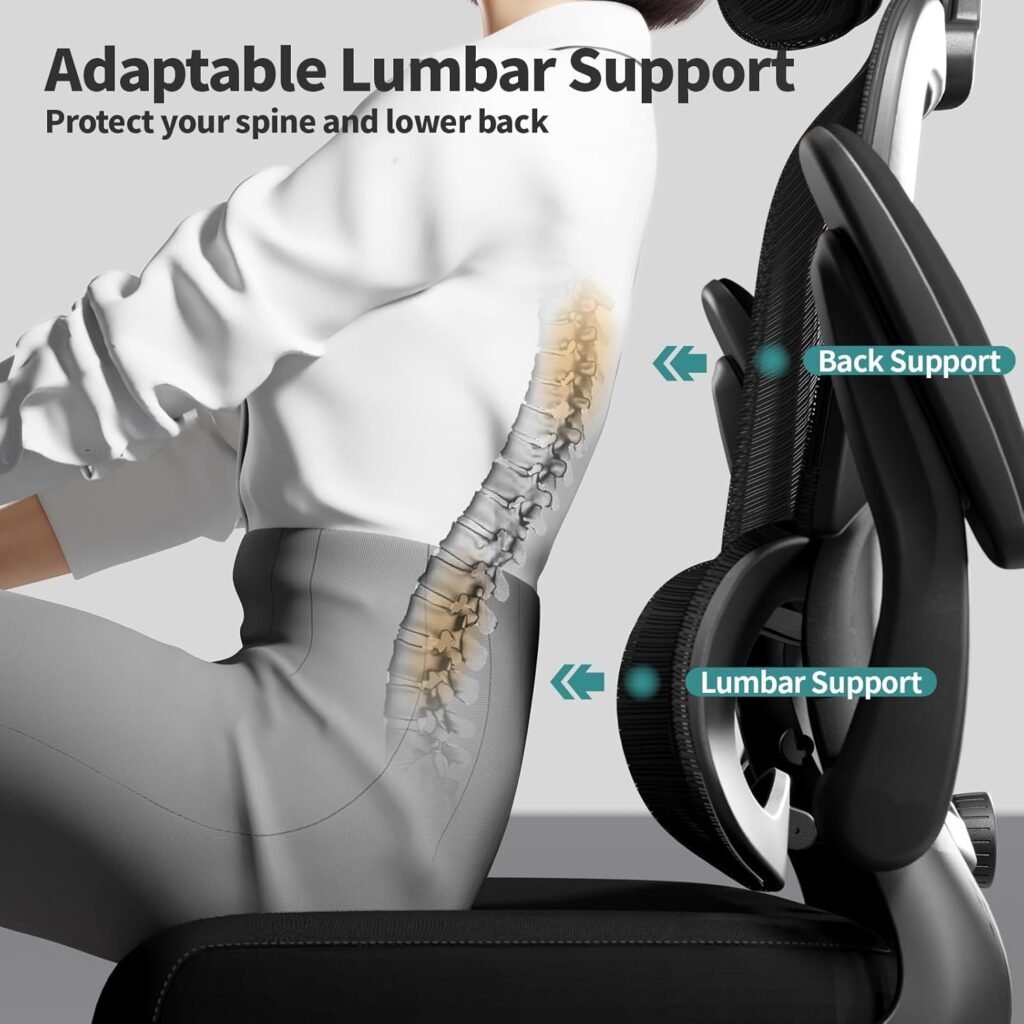Sitting at your desk, for periods can lead to slouching and back discomforts like rubbing your lower or constantly adjusting in your chair for comfort are common experiences that many people can relate to easily understand the pain of poor seating arrangement and its impact on productivity and physical well being – such as back pain neck strain and posture problems, over time its a silent culprit that affects many individuals without them even realizing it’s the cause of their discomfort and health issues.
The answer, to the problem is investing in an office chair that supports posture and comfort during long work hours.
Finding the chair is crucial, for your well being and productivity when working hours at a desk. This comprehensive guide covers features and top recommendations to help you improve your posture and stay comfortable throughout your workday.
Why the Right Chair Can Make All the Difference
Lets face it. The majority of office chairs prioritize style, over lasting comfort. Traditional chairs frequently ignore the need, for lumbar support. Can lead to uncomfortable positions that leave you feeling achy by the days end.
An ergonomic chair is designed specifically with your bodies comfort, in mind. That’s why it’s an investment!
Helps Alleviate Back and Neck Discomfort. Maintaining support, for the back ensures your spine stays, in alignment and helps prevent slouching and tension. Enhances Efficiency. When you’re able to concentrate without any distractions, from discomfort or pain you can improve your focus. Extend your work time. Over time posture improves – It helps maintain a position and reduces potential long term harm caused by bad sitting habits. Make the chair your own by customizing the height and tilt to suit your body for comfort.
Most of us spend, over four hours a day sitting down; thus having a chair isn’t a luxury but a necessity, for our comfort and well being.
What to Consider When Choosing an Ergonomic Chair
When it comes to chairs not all are made the way; some may have just the basic adjustments while others offer complete full body support instead. In case you’re looking to buy one What you should focus attention towards;
Ensure you have lumbar support. It’s a must have!
Your lower back has an curve that a quality chair should accommodate by providing adjustable lumbar support—whether its built in or through a cushion—to help maintain proper posture and prevent slouching.
Seat height and depth configuration options are available.
Make sure your feet are flat, on the floor or a footrest with your knees at a 90 degree angle and the chairs seat depth should leave a few inches of space, between the edge of the seat and the back of your knees.
Mesh backs are great, for ventilation. Can be really handy if you tend to feel easily. Leather and faux leather give off an appearance. Can sometimes make you feel warmer due, to trapping heat.
Armrest that adjust to your movement
Padded armrest, with settings can help alleviate shoulder discomfort by ensuring they are, at the height as your desk to promote natural arm positioning.
Sitting back slightly (between 110 and 135 degrees angle) can help relieve pressure on your back especially if the chair allows you to lock it in your desired position, for added comfort.
Swivel and smoothly rolling wheels
Effortless mobility helps avoid bending and stretching movements when navigating around a space or room, with furniture. Thick floor casters are ideal for carpeted areas as they provide traction and maneuverability; in contrast to wheels that are more suitable for use specifically in rooms, with hardwood flooring.
Tips, for Optimizing Your Ergonomic Chair, for Ultimate Comfort
Getting the chair is the beginning. You also have to make sure its adjusted correctly! Here’s what you need to do;
Adjust the seat height so that your feet are flat, on the floor and your knees form a 90 degree angle. Make sure to customize the lumbar support to match the curve of your lower back accurately. Make sure your elbows lightly touch the armrest and keep your shoulders relaxed while sitting in position. Adjust the backrest slightly – It’s best, at a recline of, around 100–110 degrees. Check the seat depth by ensuring there is a space of 2 to 3 fingers, between the edge of the chair and your knees.
Top Tip, for a healthier work setup. Consider combining your chair with a standing desk converter so you can easily transition between sitting and standing during the day.
Mistakes to steer clear of when shopping for a chair. Opting for aesthetics, over practicality – A appealing chair is no good if it causes pain. Embrace customization. The greater the ability to personalize it to your needs and preferences. Bypassing the Trial Period. Numerous companies provide a window of 30 to 90 days, for returns so take advantage of them! Make sure your chair and desk are compatible, by taking into account their height relative, to each other.
Is Investing in an Ergonomic Chair Really Worth It, in the End?
Certainly! Consider this perspective. We all dedicate hours every year seated down so its crucial to choose a chair that not offers comfort but also contributes to your overall well being, in the long run.
Choosing between an option or a top tier model, for an ergonomic chair can help alleviate discomfort and enhance concentration while potentially increasing efficiency as well! Don’t hesitate. Your spine (and your future self!) will thank you.


